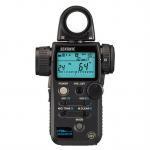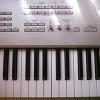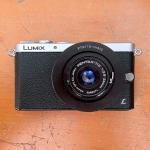Subforums
17,162 topics in this forum
-
- 539 replies
- 237.3k views
-
- 30 replies
- 28.8k views
-
- 5.8k replies
- 1.6m views
-
- 2 replies
- 18.9k views
-
- 10 replies
- 505 views
-
- 2 replies
- 97 views
-
- 11 replies
- 285 views
-
- 3 replies
- 124 views
-
- 60 replies
- 29.5k views
-
- 426 replies
- 93.3k views
-
- 118 replies
- 30.1k views
-
- 8 replies
- 679 views
-
- 22 replies
- 2.2k views
-
- 29 replies
- 1.5k views
-
- 111 replies
- 48.4k views
-
- 242 replies
- 130.9k views
-
- 13 replies
- 894 views
-
- 7 replies
- 711 views
-
- 9 replies
- 649 views
-
- 91 replies
- 69.2k views
-
- 9 replies
- 614 views
-
- 0 replies
- 295 views
-
- 92 replies
- 33.6k views
-
- 5 replies
- 1.5k views
-
Blackmagic brings genlock to the iPhone 17 Pro, while Apple’s first ProRes RAW goes straight to your pocket... 1 2 3
- 48 replies
- 22.4k views
-
- 25 replies
- 1.9k views
-
- 10 replies
- 1.1k views
-
- 8 replies
- 1k views
-
- 63 replies
- 30.8k views
-
- 4 replies
- 669 views
-
- 10 replies
- 1.1k views
-
- 0 replies
- 627 views
-
- 3 replies
- 906 views
-
- 13 replies
- 1.8k views
-
- 31 replies
- 3.2k views
-
- 32 replies
- 16.4k views
-
- 3 replies
- 3.5k views
-
- 3 replies
- 2.5k views
-
- 27 replies
- 34.1k views
-
- 192 replies
- 46.7k views














